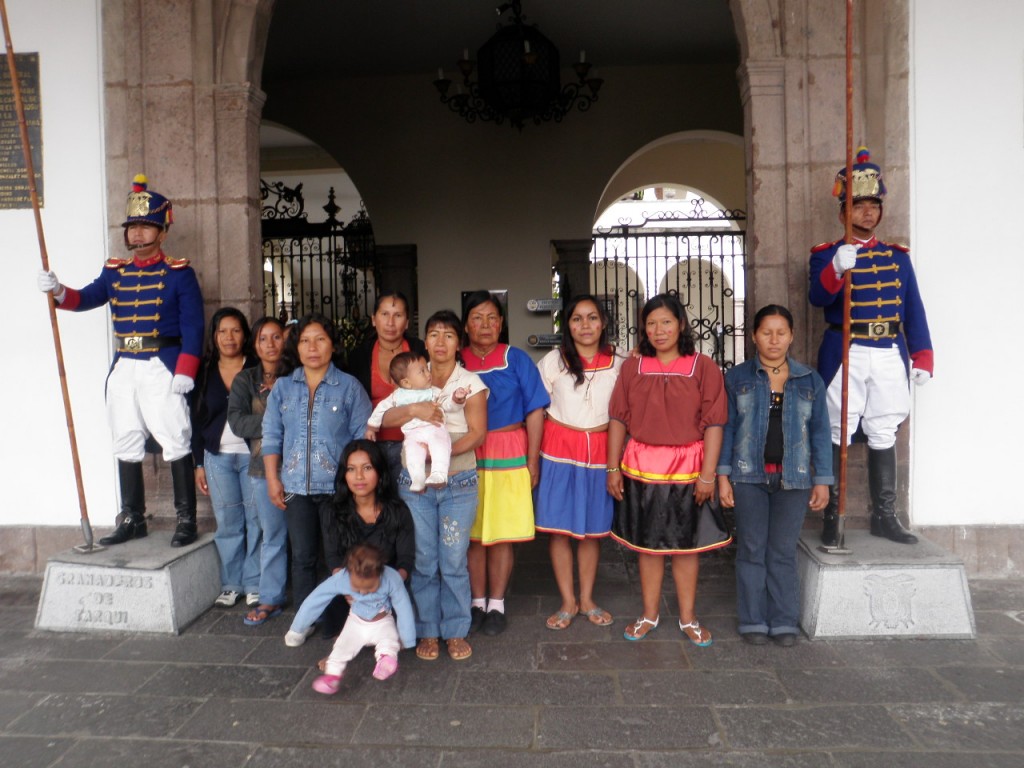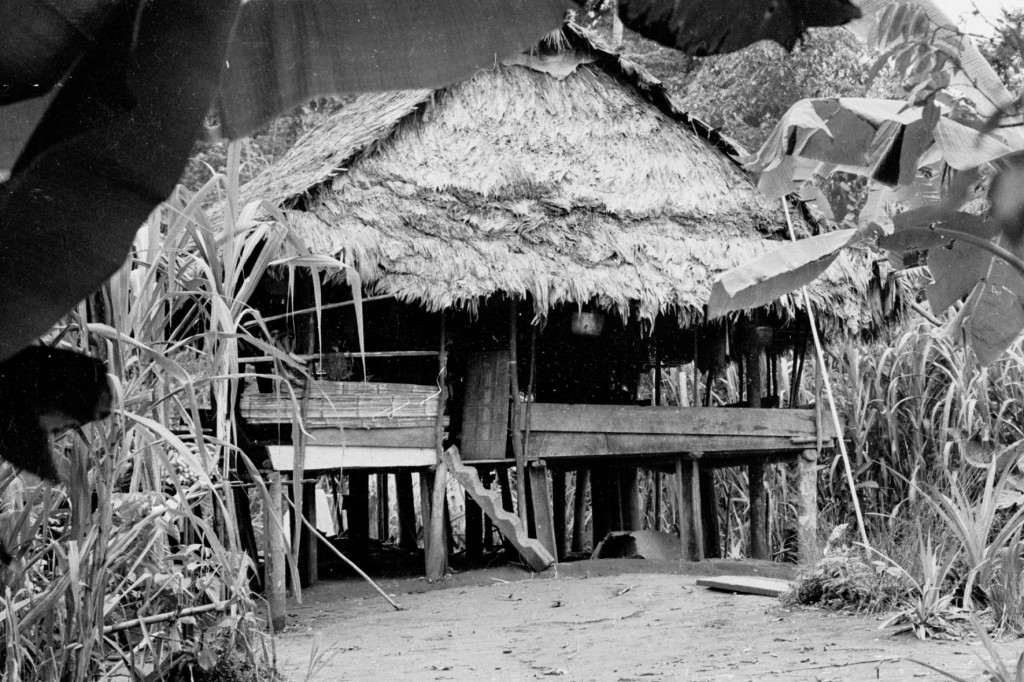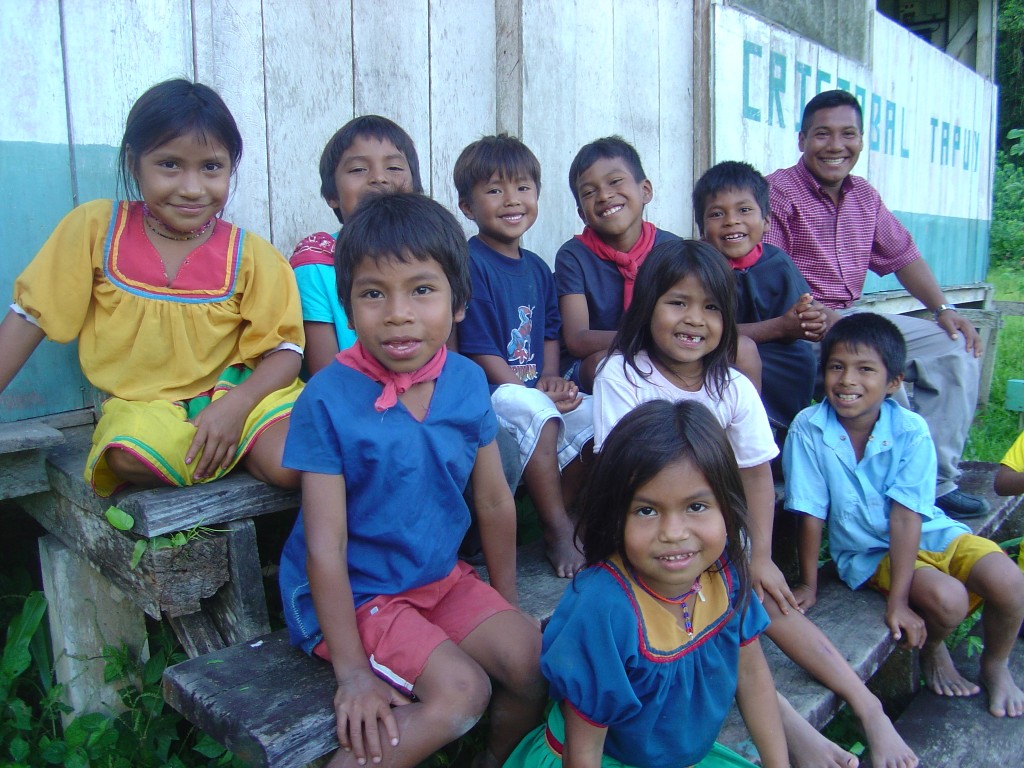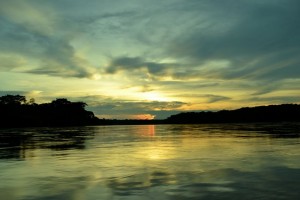November 3rd, 2011, marked the 18th year in which the Cofán have been fighting Chevron, on a legal battleground, for the legacy of contamination the oil company left in its wake since Texaco started operations in the Ecuadorian Amazon in the 1960s.
Amazon Watch's Mitch Anderson went to the Cofán community Dureno recently and wrote about his experience on the NGO's blog, and also recorded the following video:
http://www.youtube.com/watch?v=i6qY8mq1WRc&feature=player_embedded#!
"Lago Agrio, Ecuador – The sprawl of scorched pavement and crumbling cement buildings in the heart of the Amazon rainforest. This city, once a small oil boom town founded by Texaco in the late 1960s (and given, appropriately, the name "Sour Lake" after Texaco's hometown in Texas) is now a bewildering and feverish mess of oil workers, drug-traffickers, street children, shop owners, impoverished farmers, and indigenous people stripped of their ancestral territory and forced to survive, as the Cofán people say, in the kokama kuri sindipa ande (the white man's world of money).
Just several days ago, at the edge of the pavement on the outskirts of the city, where the Cofán people have recovered (yes, purchased) a narrow tract of their ancestral territory, I spent the afternoon with Marina Aguinda Lucitante, an elder of the tribe. She was born along the banks of the Agua Rico river. She was married at a young age to a Cofán Shaman, Guillermo Quenama, who died, she says, "because the oil company poisoned him with alcohol." She remembers when the forest was filled with animals. And she remembers when the river ran black with crude oil. She seems to remember everything – and all of her memories are divided: Life before the oil company and life after the oil company.
It has been nearly 50 years since Texaco began oil operations here in the northeastern Ecuadorian Amazon. Nearly 50 years since the death of Marina's husband, Guillermo Quenama. And over that time, the impacts of Texaco's (now Chevron's) reckless pump and dump oil operations have been well documented. The abandoned oil pits littered throughout the rainforest, the billions of gallons of toxic wastewater dumped into rivers and streams, the felled primary forest, the noxious gases rising into the sky from 24 hour-a-day flaring, the crude oil sprayed on the roads, the towering black plumes of smoke from spilt and burning crude, the resultant public health crisis racking indigenous and mestizo farmer communities, including cancer, spontaneous miscarriages, and birth defects.
But what has not been documented – what cannot possibly be understood by anyone who has not been here to endure the last 50 years of oil operations – is how the oil conquest has affected the spiritual life, the inner world, of those who live here.
Today, which marks the 18th anniversary of the monumental legal struggle against Chevron for massive environmental crimes in the Amazon rainforest, Marina has asked me to share with the world a song that she has been carrying within her for these last 50 years. Marina is one of the last Cofán women who remember how to sing in the way of her ancestors. This is her song."













